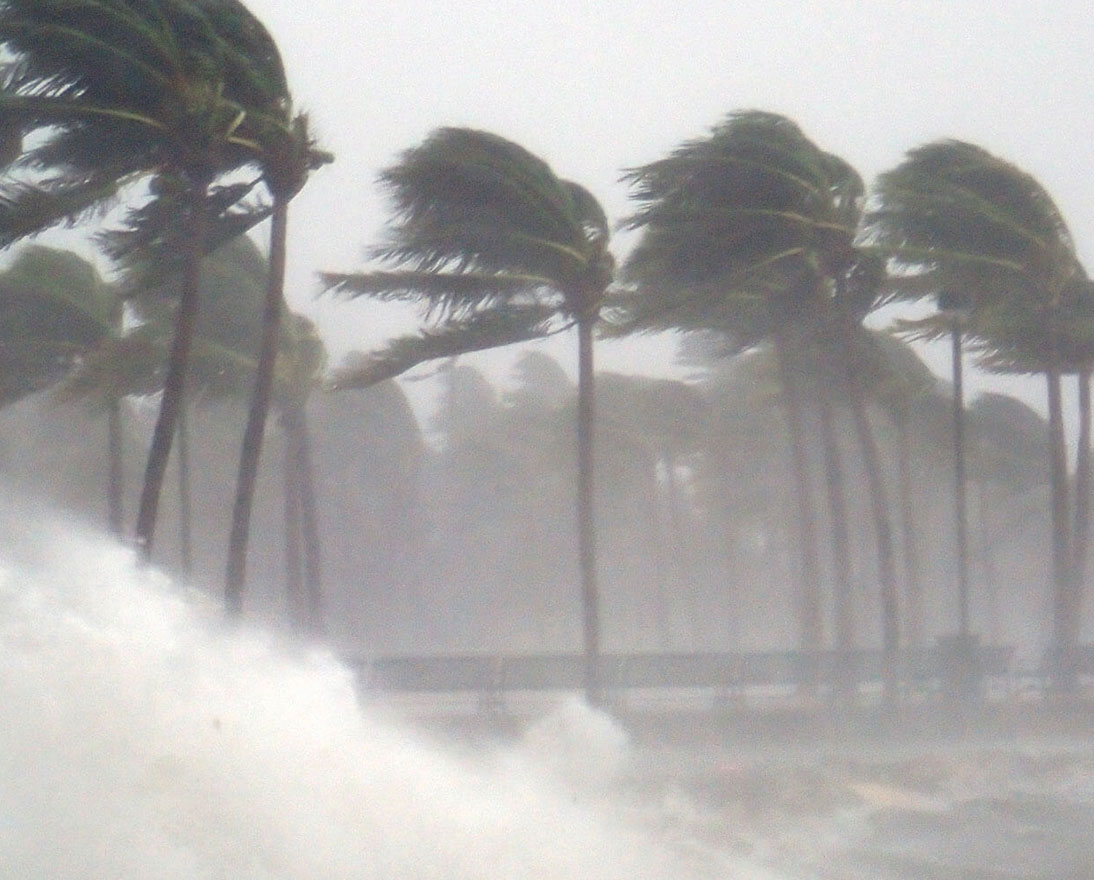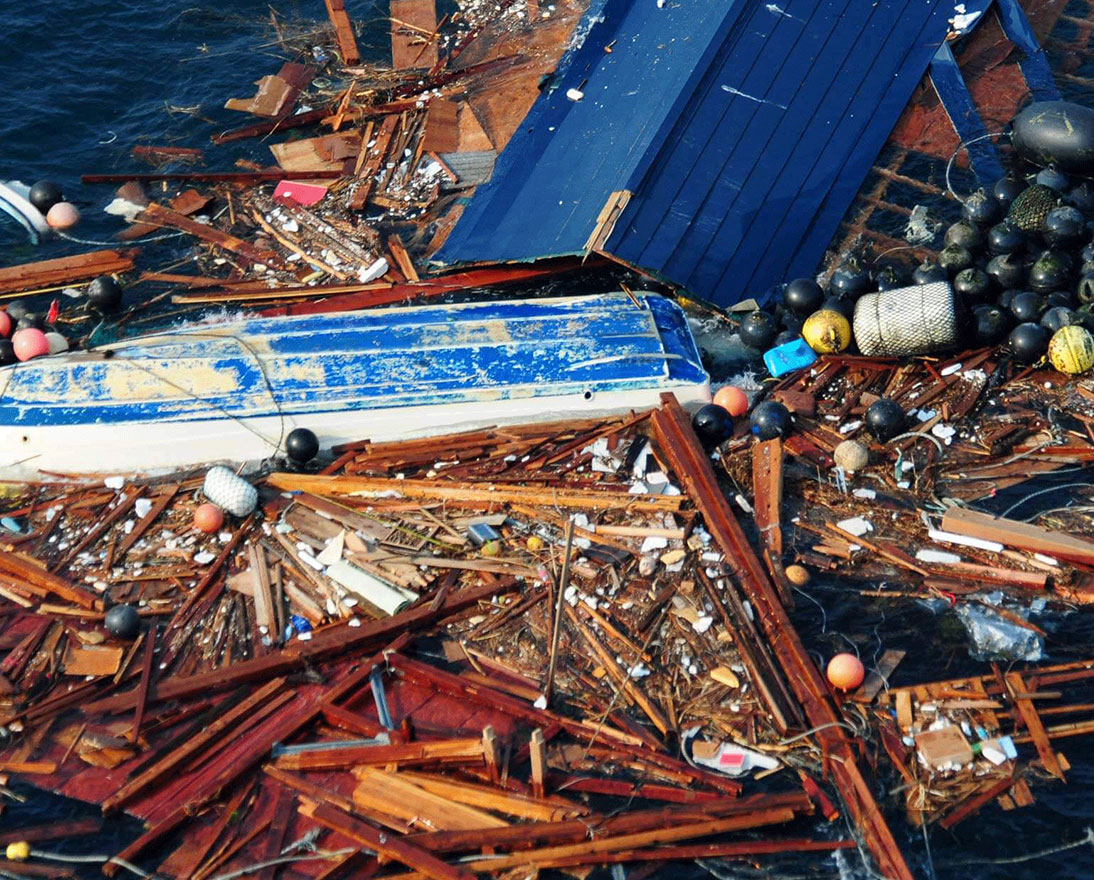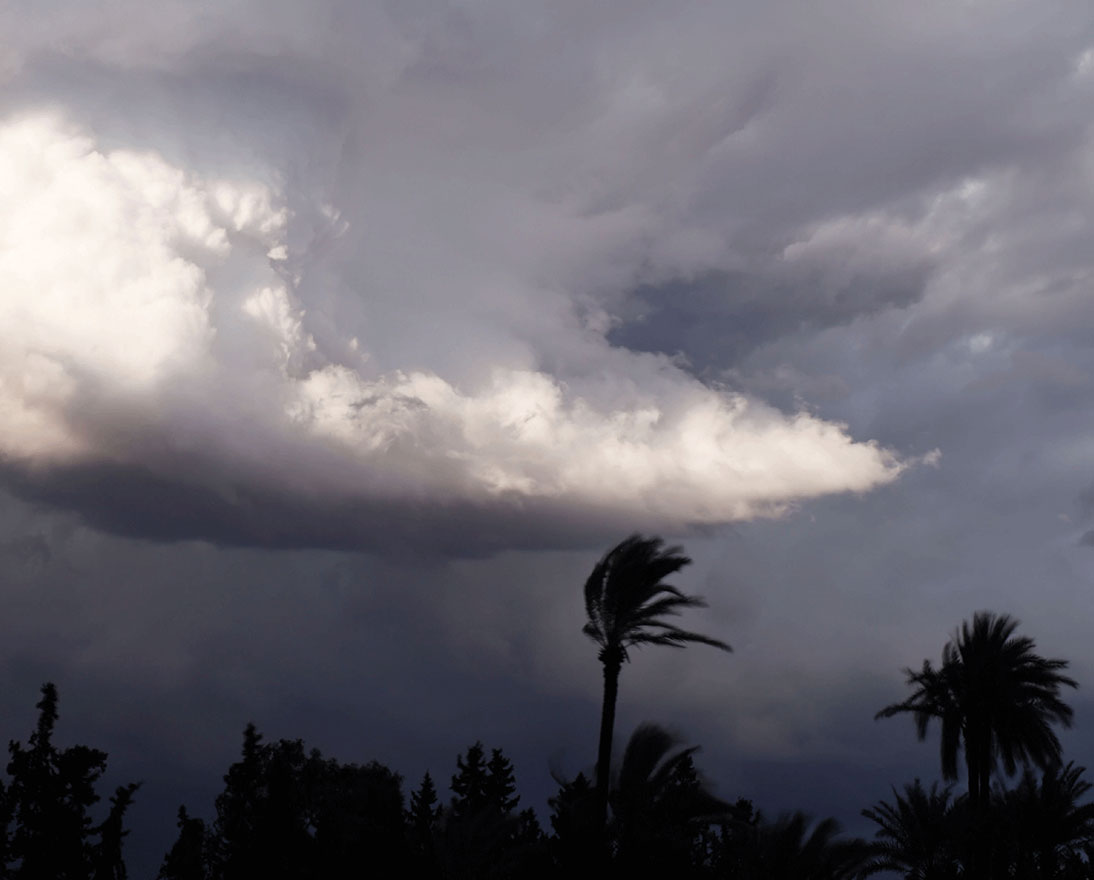Powerful Africa cyclones reveal lack of attention to resilience
Natural hazardsReportMarch 15, 2020
A new report shows that despite progress in recent years, southern Africa has a lot of ground to make up in resilience-building.
Cyclone Idai, the deadliest cyclone to come ashore in Africa, killed more than 1,300 people and was the worst humanitarian disaster from a natural hazard event of 2019.
A month after it made landfall near Beira, Mozambique, Cyclone Kenneth arrived with winds up to 137 mph as the strongest such storm ever to hit the region.The area was vulnerable despite progress made over the last decade in disaster risk reduction, according to Zurich’s latest Post Event Review Capability (PERC) study. But the deadly storms that hit Malawi, Mozambique and Zimbabwe revealed a lack of understanding about how to prepare for such events.

“PERC researchers found that while the storms’ expected landfall locations and windspeeds were accurately forecast and agencies were put on high alert, community understanding of how wind and rain would impact them was practically non-existent,” said Michael Szönyi, Zurich Insurance Group’s Flood Resilience Program Lead. “Risk reduction and preparedness to disasters saves lives.”
Marking one year since the cyclones, Zurich’s PERC study highlights lessons learned from Cyclones Idai and Kenneth along with recommendations on strengthening resilience against such natural hazard events. In developing the study, Zurich worked with partners in the Zurich Flood Resilience Alliance – ISET International, the International Federation of Red Cross and Red Crescent Societies, Practical Action and Mercy Corps – and in collaboration with the Swiss Agency for Development and Cooperation.





